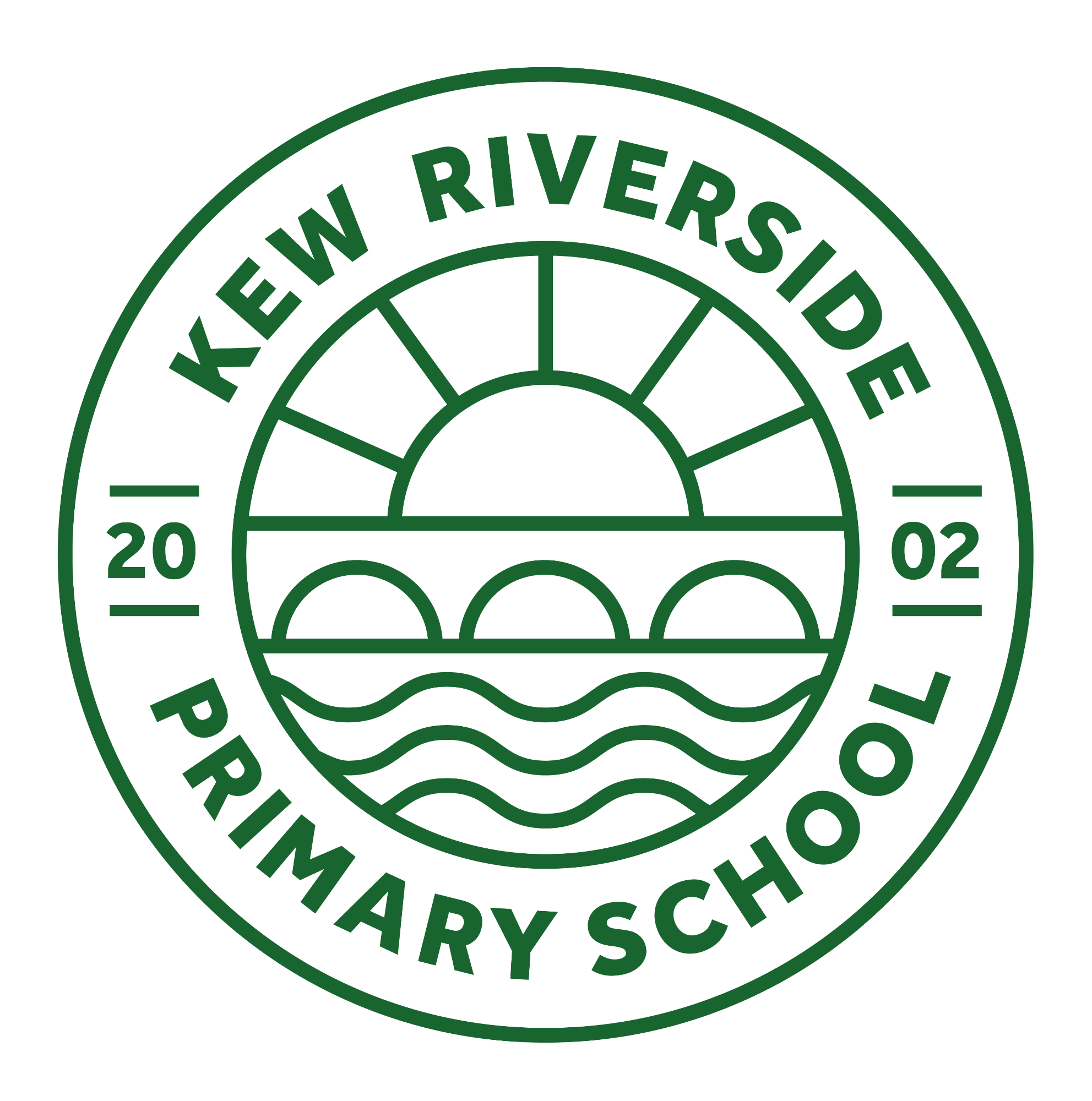Computing
Our aim at the Kew Riverside Primary School is to provide a high-quality Computing education which equips children to use computational thinking and creativity to both understand and change the world. By the time our pupils leave Kew Riverside, they will have gained key knowledge and skills in the three main areas of the computing curriculum:
Computer Science: Programming and understanding how computers 'think and do'.
Information Technology: Using computer systems to store, retrieve and send information.
Digital Literacy & E-Safety: Evaluating digital content and using technology safely and respectfully.
Intent
At Kew Riverside, our intent for the Computing curriculum is to empower all pupils with the knowledge and skills to thrive in an increasingly digital world. We aim to provide a rich, varied, and sequenced curriculum that fosters creativity, critical thinking, and problem-solving abilities while equipping students with essential technical skills. Our curriculum is designed to:
- Develop Computational Thinking: Pupils will learn to think logically and independently, breaking problems down into manageable parts and exploring various solutions when programming algorithms.
- Promote Digital Literacy: We strive to ensure that every child becomes confident and competent in using digital technologies and software safely and responsibly, and understand the implications of their online actions.
- Encourage Creativity: Through programming and digital content creation, we encourage pupils to express their ideas creatively, helping them to develop a strong sense of ownership over their learning.
- Prepare for Future Opportunities: By embedding real-world applications and career discussions in Computing, we prepare pupils for future educational pathways and potential careers in the digital landscape.
Implementation
Our Computing curriculum is based on the National Curriculum and enhanced through a range of engaging resources.
- Curricular Structure: We adopt a progressive model where key concepts are revisited and built upon each year, ensuring pupils develop a deep and coherent understanding of Computing and its language. The curriculum covers 3 main areas: Computer Science, Information Technology, and Digital Literacy (including e-safety), ensuring a balanced approach.
- Resources: Beebots and Microbits are regularly used and provide the 'spine' of our progression model in the different phases. Children develop their skills using these devices, together with laptops and a range of software, from J2e and Scratch to Busy Things and LGfL, to recognise their own personal development in the subject with progressively more challenging projects.
- Teaching Approaches: We use a blend of direct instruction, collaborative learning, and project-based experiences that encourage pupils to explore and innovate. Technology is integrated across the curriculum, enhancing learning in other subjects and demonstrating the relevance of Computing skills in everyday life.
- Professional Development for Staff: Ongoing training and workshops are provided for staff to ensure they remain up to date with technological advancements and effective pedagogical strategies.
- Community and Parental Engagement: We actively engage parents and the community to promote understanding of the importance of computing and e-safety though assemblies, newsletter and surveys.
Impact
The impact of our Computing curriculum at Kew Riverside is evident through:
- Confidence and Engagement: Pupils are engaged and enthusiastic about Computing lessons. They speak confidently about their learning, illustrating their passion for technology and innovation.
- Skill Development: Pupils leave primary school well-prepared for the next stages of their education, possessing the necessary skills to use technology effectively, solve problems, and think critically.
- Digital Citizenship: Pupils exhibit responsible online behaviour, showing a clear understanding of how to stay safe and respectful in the digital world. They can articulate the impact of their digital footprint and demonstrate good practice in their online interactions.
Through our carefully designed intent, robust implementation, and measurable impact, Kew Riverside is committed to providing an outstanding Computing education. Our learners are not only prepared for the challenges of the present but are also equipped to adapt and thrive in the future digital landscape.
